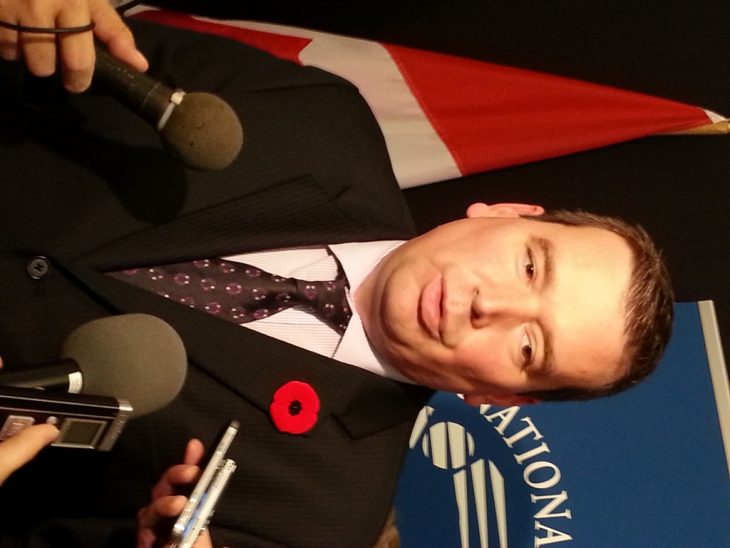
OTTAWA – Christian Paradis, Minister of Industry, has announced new details regarding the allocation and implementation of wireless spectrum. He made the comments Tuesday afternoon while speaking at the International Institute of Communications Canada Conference in Ottawa.
"Our government is helping build a future full of excitement, potential and transformation, thanks to digital technology," said Minister Paradis. "As the world becomes smaller and more digital, Canada must be at the forefront, creating its technology, capturing its potential and reaping its rewards."
At the conference, the Minister made a number of spectrum-related announcements, including:
– A decision on the use of TV "white space" for unlicensed, short-range wireless systems to provide significant new options for low-cost Internet in rural areas, helping to bridge the digital divide. The so-called white-spaces are the bits of spectrum between over-the-air broadcast TV channels.
– The upcoming launch of a consultation on the use of spectrum for backhaul services-the flow of data from end points, such as cellular sites, back to the core network and the Internet.
– The allocation of spectrum for aircraft testing around 1.4 GHz to ensure that our aerospace industry has the spectrum it needs to remain a world leader in testing and certifying new aircraft.
“We are already looking beyond the upcoming spectrum auctions at future demand for mobile broadband capacity and which bands might be used to meet it. That is why we will soon be launching consultations on the use of spectrum for backhaul services. This will help ensure that capacity keeps up with the exponential growth of broadband networks,” said Paradis (right).

He noted that increasing the supply of spectrum for wireless carriers is only one element of the government’s strategy to meet mobile broadband demand and that the industry also needs to improve the efficiency of spectrum use.
“We've already seen the marked improvement in efficiency between 3G and LTE. We need continued private sector investment in the latest technologies to make the best possible use of limited spectrum resources. Spectrum efficiency can also be improved by creating greater flexibility in how spectrum is shared. And so today I am announcing that we are opening up unused spectrum between TV channels the so-called "white space" for licence-exempt applications.
This will provide significant new options for low-cost Internet in rural areas, helping to bridge the digital divide. Over the longer term, it could mean improved home Wi-Fi and increased capacity of mobile phone networks. In its framework paper also released Tuesday, Industry Canada says it will establish procedures and technical rules to permit the introduction of TV white space devices in Canada in the bands 54-72 MHz, 76-88 MHz, 174-216 MHz, 470-608 MHz and 614-698 MHz. These devices will be exempt from licensing and will operate on a no-interference, no-protection basis.
While some are concerned that these TVWS devices will interfere with TV signals, Industry Canada says it will manage that by developing initial rules and regulations for TVWS devices based on the use of geo-location and a registration database system to manage harmful interference. Plus, the ministry also said it will authorize the establishment of all TVWS database administrators that meet technical requirements and that there will be no limit on the number of database administrators that can be authorized to provide service in Canada.
"We cannot forget that spectrum is used for a wide variety of scientific and industrial purposes as well as for public safety, added the Minister. "Accordingly, I will soon be allocating spectrum for aircraft testing around 1.4 GHz, the so-called 'L-band.' This will ensure that our aerospace industry has the spectrum it needs to remain a world leader in testing and certifying new aircraft.”
This past March 14, 2012, the federal government announced plans to eliminate foreign investment restrictions for certain telecommunications companies as well as other policy changes in advance of the 700 MHz and 2500 MHz spectrum auctions. On October 11, 2012, a consultation paper on auction format and licensing rules for the 2500 MHz spectrum auction was published. A consultation on the 700 MHz auction format and licensing rules concluded in July of this year; a decision paper on that auction will be released in early 2013.



